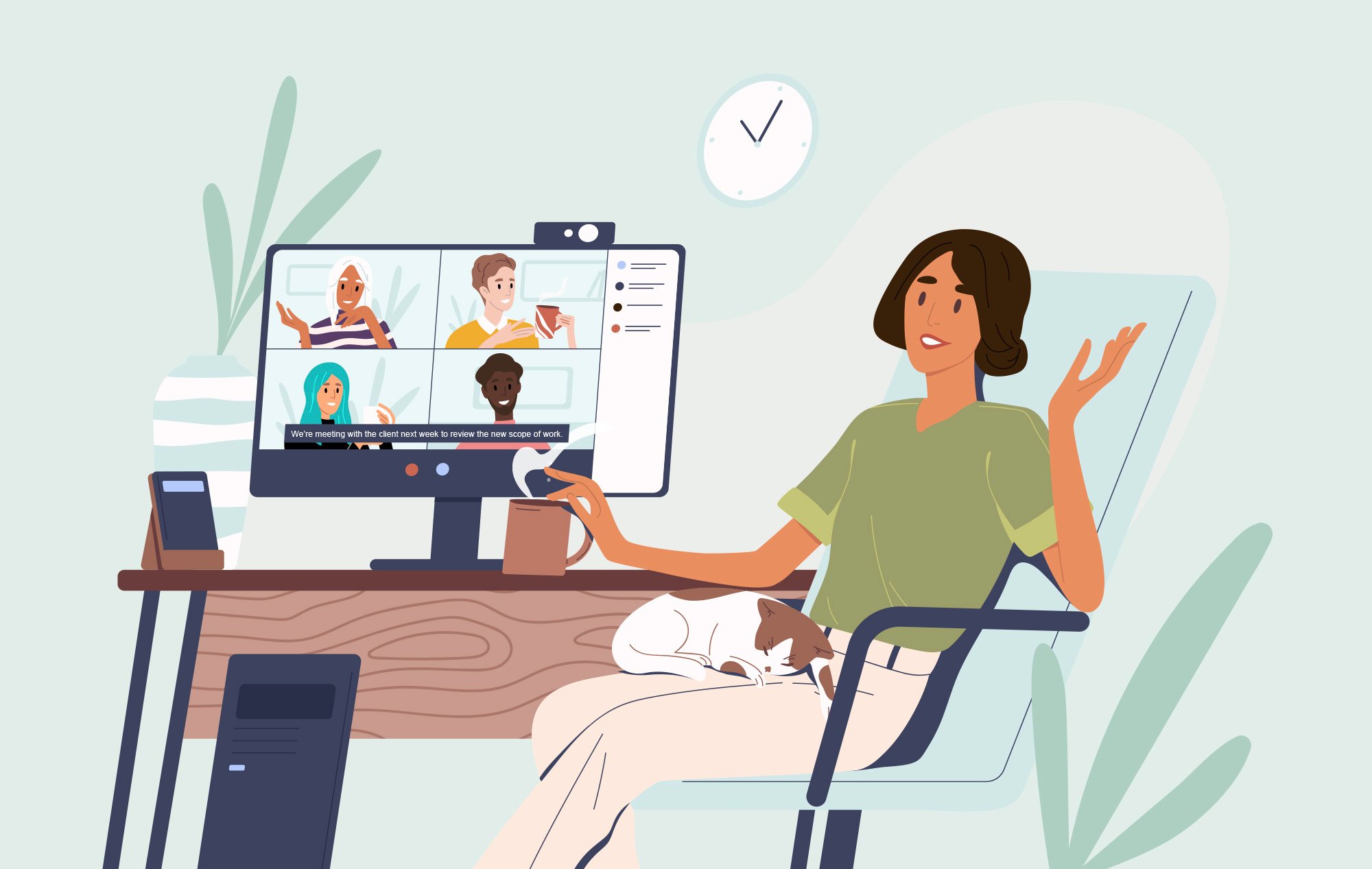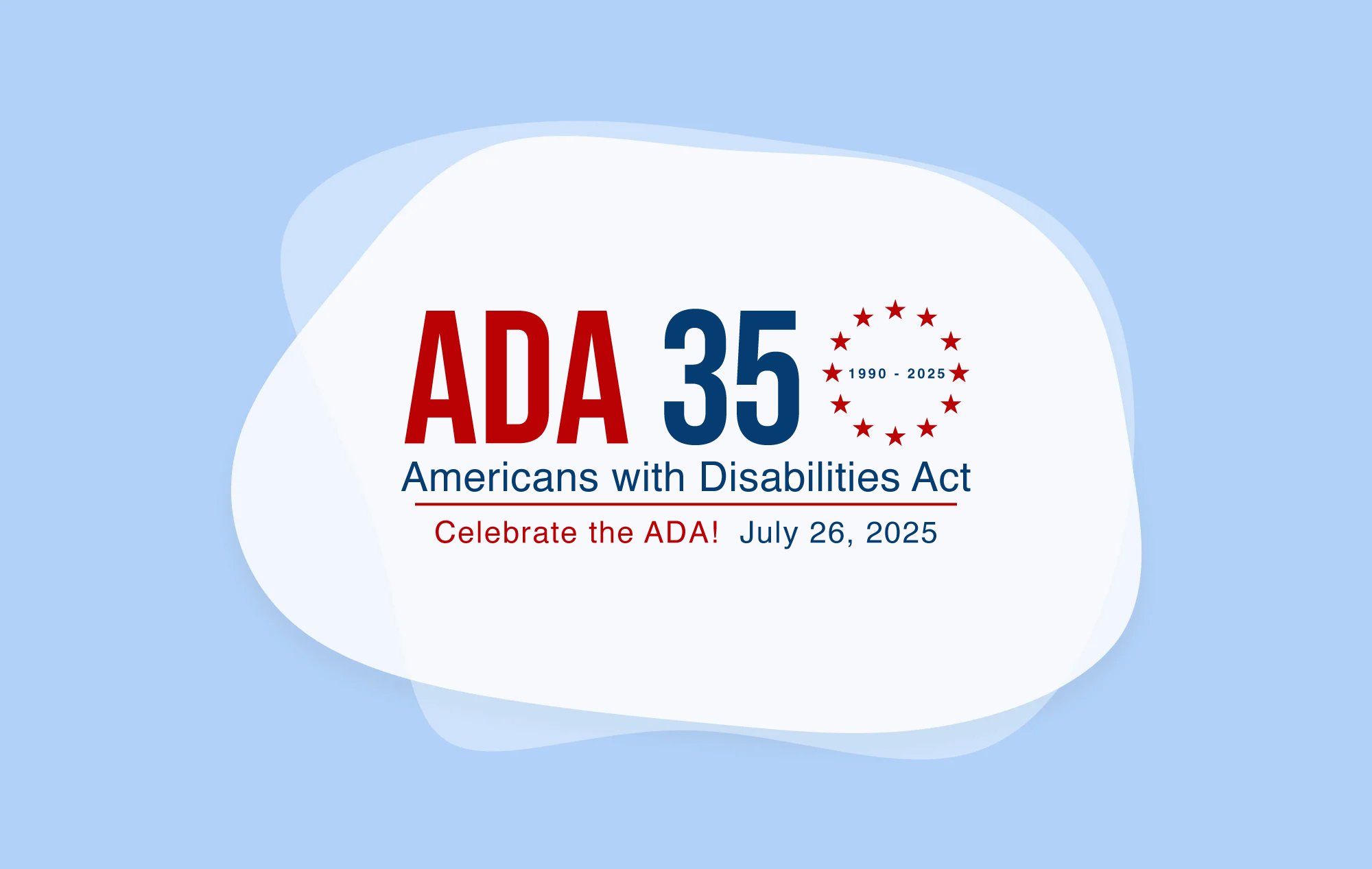Closed captioning has been a major part of Meryl Evans' viewing experience for the better part of three decades. And while the technology has allowed her to interact with previously inaccessible content, Evans is among the biggest proponents of improved captions and transcriptions, especially as auto-generated tools, including some that provide live descriptions, become more ubiquitous.
As a digital marketing professional, author and web accessibility advocate, Evans, who was born Deaf, is uniquely familiar with the ways in which the online community can improve experiences for people who are Deaf or hard of hearing (HoH).
Underscoring the importance of clear visual descriptions, 5 percent of the world’s population is d/Deaf or heard of hearing, according to the World Health Organization (WHO), which estimates that upwards of 2.5 million will experience hearing loss by 2050.
In an interview with InclusionHub, Evans talks about the importance of captioning, the downsides of auto-generating technology, and best practices for content creators, among other topics.
"Adding captions is only half the battle," Evans tells InclusionHub. "The other half is quality. The same goes for transcriptions. Not only do you want them to be accurate but also well-formatted."
Here's our interview with Evans:
InclusionHub: With InclusionHub, one of the ways in which we try to educate people about the importance of accessibility is by using examples of universal design—products or solutions that were initially built with people with disabilities in mind, but that serve the community at large. Can you walk us through an example of universal design that was initially developed for the Deaf community?
Meryl Evans: “Ask 20 Deaf people the same question and you're most likely get 20 different answers because it's a very diverse group. The biggest one, however, would be captioning video content. When closed-captions first came along, it allowed the Deaf and hard of hearing to finally be able to watch videos. It was such a relief to know what's going on and stop asking, ‘What happened?!’
Now, captioning is used by many people who aren't Deaf or HoH. In fact, Verizon Media and Publicis report that 80 percent of the people who use captions are not Deaf or HoH. I've met many folks who tell me they watch captions. They cite a diversity of reasons:
- I prefer the sound off.
- I catch more.
- It helps me focus.
- I don't want to bother others.
- It helps me multitask.
The list goes on! Now if I need to name a specific product, I'd say Google Meet. It's a lightweight, easy-to-use video meeting app with captions built-in. Other products either require integration to get captions or are not easy to use.
Captions give people another option for consuming content. Just like some people prefer ebooks while others prefer paper books or audiobooks. None of these is going away. It's all about choices and preferences.”
IH: What are some ways in which businesses exclude the Deaf community—particularly in the digital world—that people not part of your community might not think of?
ME: “The hottest one is Clubhouse, an audio social network. Some of my Deaf colleagues tell me they have no interest in trying Clubhouse. Even if Clubhouse came with captions, I wouldn't use it. There's something called listening or concentration fatigue that affects many Deaf and HoH folks. With Clubhouse being all audio, it'd be as exhausting as a podcast. Maybe more so. That's because a podcast usually only has a few people in it. A Clubhouse conversation can be many people.”
IH: How can marketers—content marketers in particular—make sure they're being inclusive of the Deaf community when creating content?
ME: “The best thing content marketers can do is provide quality captions and transcripts for any audio and video. It turns out many people like transcripts. These allow them to scan for the content they want. That's not easy to do in a podcast or video. Notice I said "quality." Adding captions is only half the battle. The other half is quality. The same goes for transcriptions. Not only do you want them to be accurate but also well-formatted.
Think about the last time you received a long email with no paragraph breaks. It's challenging to read. That's how it is with poorly formatted transcripts. The good news for content creators is that when they provide captions and transcripts, they're making a lot of people happy. Not just the Deaf and HoH. They expand their reach.”
IH: Captions (and particularly, auto-generated captions) are becoming very popular on video and audio clips everywhere from YouTube to TikTok. What are some of the pros and cons of auto-generated captions?
ME: “Automatic captions, or autocraptions as I call them, have a lot more cons than pros. About the only pro is that they provide some access to the video. How much access depends on the accuracy. Often, they don't have punctuation. It's very easy for three sentences spoken by two people to become a single line.
Would you publish an article riddled with typos and mistakes?
Most people would not dream of it. It'd reflect poorly on the brand.
That's what using unedited autocraptions does for your brand. Many of us will quit watching the video if the autocraptions are too painful.
Personally, I skip the video if it's autocraptioned. The only time I'd watch it is if I absolutely need the information. But sometimes I can't get it as hard as I try.”
IH: YouTube's automatic captioning is notoriously bad, and at the same time, transcribing interviews can be costly (both in time and money). What is your response to businesses that say they don't have the time or the money to put into captioning?
ME: “Captions are a marketing tool. Budget for it as you would anything else for marketing. Captions are as valuable as a website is for a company. You'd never cut the website from your marketing strategy. It's your home in the digital world. You can easily turn those captions into other pieces of content: an article, social media posts, and more.
If you're in an absolute bind and can't properly caption a video, then at least provide automatic captions. This way the captions are in the video. But know that paying more for quality captions will make people like me more likely to watch it and all the way through. Accessibility supporters are passionate. They speak loud when there is no accessibility or it's poor quality. That, too, can hurt a company's reputation.
Thanks to COVID, more people are consuming digital content than ever. Get ahead of your competitors and care about providing quality captions.”
IH: What are some captioning best practices?
ME: “Captions are not the time to reflect your brand colors. There's a reason why default captions have been with a black background and a white font all these years. It works. Not because it's always been done that way. The best captions are boring. They don't use fancy fonts. They use plain colors. Their job is to provide the content without getting in the way of the viewing experience. The No. 1 rule of great captions is readability. If no one can read it, accuracy and all the other best practices don't matter.
One of the biggest mistakes that even accessibility firms make with captions is not paying attention to length and line-breaking points. The difference between short and crisp captions and long captions is the difference between scanning and reading. Scanning happens in a split-second and gives you time to watch the action on the screen. Reading takes longer and you catch less of what's on the screen.
Here's abefore and after video in which the accessibility company did the before and I did the after. (The person on the video is NOT the one who captioned it.)”
IH: Is there anything else about web accessibility, particularly when it comes to the Deaf community, that you think our readers should know, or that we haven't already addressed?
ME: “A big one is video calls (meryl.net/calls). Deaf colleagues tell me they're tired and struggling with video calls even with automatic captioning tools. Live captions—even done by humans—are a challenge to follow. The slight delay alone hurts the experience, but it can't be avoided. It can also cause cognitive overload. And most of the time, video calls are automatically captioned. So, you can imagine it makes the situation more challenging.
In the 15 years I've been a remote worker, I had zero video calls. Since COVID? I lost count. By the end of 2020, I had severe eyestrain and video call burnout. Now, I have to be selective about the video calls I do. My advice is to be flexible about communicating with people and always, always offer at least two communication / contact options.”






Leave a Comment